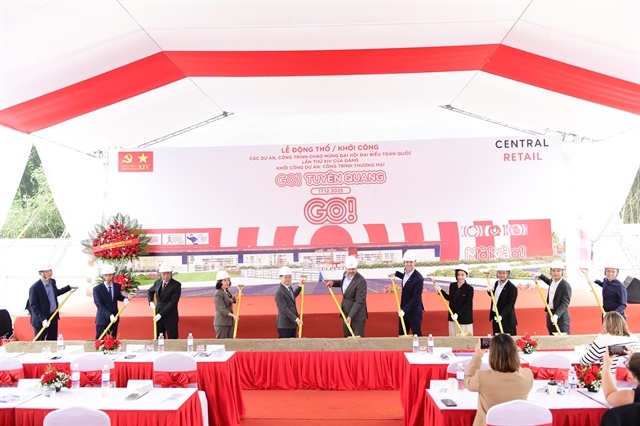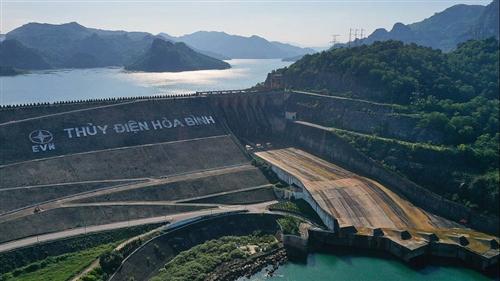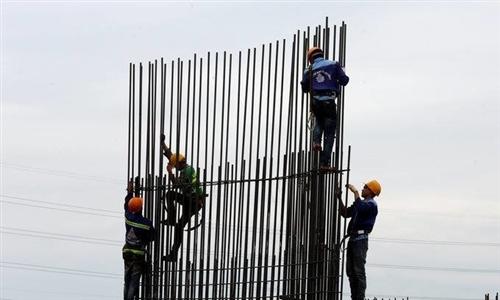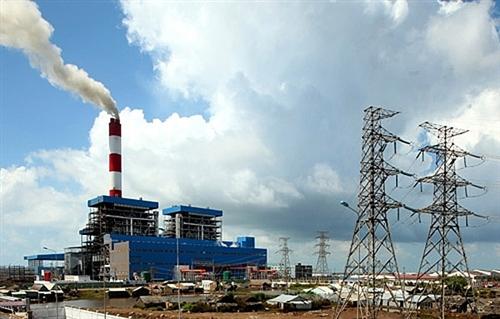Vietnam ranks low in clean energy adoption
Vietnam ranks low in clean energy adoption
In the bottom half of a global, clean energy transition ranking, Vietnam languishes far behind many of its neighbors.
Three wind towers generating electricity among rice fields in the south-central province of Ninh Thuan. Photo by Shutterstock/Nguyen Quang Ngoc Tonkin.
|
Vietnam placed 65th out of 115 economies in 2020 Energy Transition Index, released by World Economic Forum (WEF), down nine spots from last year to continue lagging behind many other Southeast Asian countries.
The ranking measured countries and territories on how well they are able to balance energy security and access with environmental sustainability and affordability based on 40 indicators grouped into two sub-indices.
In Southeast Asia, Vietnam ranked lower than Singapore (13th), Malaysia (38th), Brunei (49th), Thailand (53rd), and the Philippines (57th).
In the region, Vietnam did better than Indonesia (70th) and Cambodia (91st).
The country gained an average score of 53.5 percentage points out of 100, lower than the global average of 55.1.
In terms of system performance that measures the ability of a country’s current energy architecture to deliver across the three imperatives of the energy triangle: economic development growth, energy security and access, and environmental sustainability, Vietnam scored 57 percentage points, down from 62 in last year’s ranking.
Meanwhile, Vietnam gained a score of only 50 percent in terms of transition readiness that measures the preparedness of a country through six enabling dimensions: energy system structure, regulation and political commitment, capital and investment, human capital and consumer participation, infrastructure and innovative business environment, alongside institutions and governance.
Last year, Vietnam scored only 49 percentage points in transition readiness.
Across 115 economies, more people than ever before have access to energy. However, this is offset by reduced affordability and almost no progress in making energy systems environmentally sustainable, WEF stated, calling for urgent action on the part of policy makers and businesses to safeguard energy development for future generations.
It said continued use of coal for power generation in Asia, increasing commodity prices and slower-than-needed improvements in energy intensity have contributed to this year's stagnation in performance.
Sweden topped the ranking for the third consecutive year, followed by Switzerland and Norway.
Vietnam now aims for 10.7 percent of its total electricity output by 2030 to be generated from renewable energy, mainly solar and wind energy, up from 6 percent previously planned.
The country also has eight wind power plants with a total capacity of 243 MW and 10 biomass plants of 212 MW. Renewables only account for 2.1 percent of the total power output.
The national electricity development plan approved by the government envisages total power output reaching 130,000 MW in 2030 from the current 47,000 MW.
The development of clean energy is critical if Vietnam is to achieve its annual GDP growth of 6.5-7.5 percent in a green, sustainable manner.
Vietnam currently relies largely on hydropower and thermal power for its electricity needs, but its hydropower potential is almost fully exploited and oil and gas reserves are running low.

























